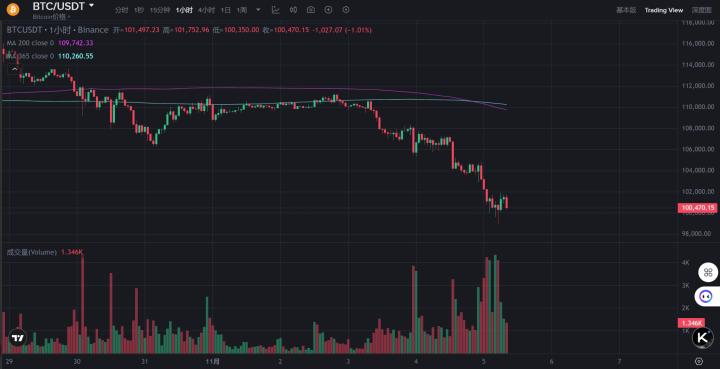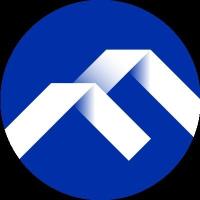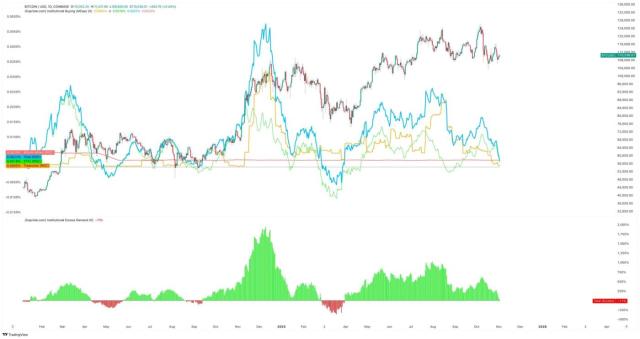Chainalysis reports that more than $2.17 billion in digital assets were stolen in the first half of 2025, with about 69% related to incidents on centralized exchanges. After years of these incidents, the industry has learned the hard way that trust cannot be simply stated, but must be proven.
As regulatory scrutiny increases and institutional participants demand transparency, exchanges are beginning to adopt verifiable security models. This shift marks a move away from the “trust us” era and toward a system where controls, reserves, and risk systems can be independently tested, audited, and validated.
Kucoin illustrates how exchanges translate regulatory pressure into measurable security frameworks.
Kucoin Certification Turns Transparency into Proof
Kucoin has strengthened every layer of its security and transparency framework. The company has restructured its core systems, redesigned its wallet architecture, and integrated third-party audits across all operations, reflecting its commitment to verifiable user protection and long-term accountability. Its approach demonstrates how major exchanges can thrive when “provable transparency” becomes the new competitive goal.
At TOKEN2049 Dubai earlier this year, Kucoin CEO BC Wong said the industry is entering a new phase where it is no longer enough for exchanges to just launch quickly and then regulate later. He emphasized that exchanges have become essential financial infrastructure. It is important to cooperate with regulators from the beginning and trust must be built with users and throughout the financial ecosystem.
His comments reinforce the direction Kucoin has been taking. Through its $2 billion Trust Project, the company has spent the past five years revamping its security infrastructure, wallet system, and risk management. The initiative is designed to make transparency a technical principle rather than a marketing statement.
As part of that effort, Kucoin has sought independent verification to demonstrate that its control systems, processes, and data protection frameworks meet international standards. Each certification targets a different layer of trust.
Currently, Kucoin holds four major international certifications, a combination that no other major exchange today has achieved:
- CCSS (Cryptocurrency Security Standard) — a cryptocurrency-specific framework for defining how private keys are generated, stored, and managed. Kucoin is the first leading exchange to achieve this certification.
- SOC 2 Type II — validates that security and operational control systems operate effectively over time, not just at a single audit date.
- ISO 27001:2022 — the global standard for information security management, validates Kucoin 's systematic approach to risk assessment and incident response.
- ISO 27701:2025 — extends ISO 27001 to include privacy and personally identifiable information (PII) protection through a Security Information Management System.
Kucoin 's verification journey doesn't stop at certifications. The exchange also achieved a AAA rating and a perfect 100/100 security score on CER.live, ranking second globally. Their infrastructure scored full marks in server security, penetration testing, and bug bounty performance.
The platform regularly conducts Proof of Reserves (PoR) audits to prove collateral is above 100%. These audits are supported by self-audits and independent verification from Hacken. The results are made public allowing users to check that the assets held match the total circulating supply on- chain.
On top of audits and rankings, the company publishes monthly security reports detailing updates, risk assessments, and incident responses. These reports extend transparency from an occasional exercise to a continuous process. Users can XEM live data instead of relying on statements.
These disclosures are part of Kucoin’s “trust by design” strategy, replacing marketing promises with measurable evidence.
How Kucoin Teams Build a Security Culture
Building and maintaining a layered security framework requires more than just technical design. It requires coordination between engineering, compliance, and operational risk management teams operating under constant pressure.
According to Kucoin’s internal disclosures, more than 1,000 employees are currently working in engineering and technical Vai , supported by a 20-person research and compliance unit dedicated to the Proof of Reserves system and transparency. CEO BC Wong has emphasized that these efforts are not just temporary solutions but part of a long-term discipline to align technology, operations, and compliance readiness together.
This structure connects technology with accountability. Each team plays a Vai in maintaining standards that are verified by auditors. Kucoin 's process turns what would normally be a one-time compliance exercise into an ongoing process.
Towards an Authentic Future for Cryptocurrency Exchanges
The next phase of crypto will favor institutions that can demonstrate security through data, audits, and ongoing transparency. Kucoin ’s framework shows what that standard looks like in practice. Exchanges are no longer defined solely by liquidation or volume. They are increasingly judged by the quality of their security architecture, their willingness to open their systems to external audits, and their consistency in reporting results.
As the industry expands, so does the scale and complexity of security expectations. For Kucoin, this reality defines a simple principle: security is an ongoing process, not a destination.







